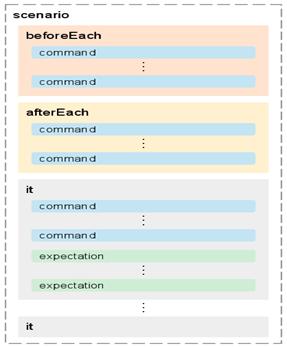As applications grow in size and complexity, it becomes unrealistic to rely on manual testing to verify the correctness of new features, catch bugs and notice regressions. Unit tests are the first line of defense for catching bugs, but sometimes issues come up with integration between components which can’t be captured in a unit test. End-to-end tests are made to find these problems.
We have built Protractor, an end to end test runner which simulates user interactions that will help you verify the health of your AngularJS application.
Using Protractor
Protractor is a Node.js program, and runs end-to-end tests that are also written in JavaScript and run with node. Protractor uses WebDriver to control browsers and simulate user actions.
Protractor uses Jasmine for its test syntax. As in unit testing, a test file is comprised of one or more it blocks that describe the requirements of your application. it blocks are made of commands and expectations. Commands tell Protractor to do something with the application such as navigate to a page or click on a button. Expectations tell Protractor to assert something about the application’s state, such as the value of a field or the current URL.
If any expectation within an it block fails, the runner marks the it as “failed” and continues on to the next block.
Test files may also have beforeEach and afterEach blocks, which will be run before or after each it block regardless of whether the block passes or fails.

In addition to the above elements, tests may also contain helper functions to avoid duplicating code in the it blocks. Here is an example of a simple test:
describe(‘TODO list’, function() {
it(‘should filter results’, function() {
// Find the element with ng-model=”user” and type “jacksparrow” into it
element(by.model(‘user’)).sendKeys(‘jacksparrow’);
// Find the first (and only) button on the page and click it
element(by.css(‘:button’)).click();
// Verify that there are 10 tasks
expect(element.all(by.repeater(‘task in tasks’)).count()).toEqual(10);
// Enter ‘groceries’ into the element with ng-model=”filterText”
element(by.model(‘filterText’)).sendKeys(‘groceries’);
// Verify that now there is only one item in the task list
expect(element.all(by.repeater(‘task in tasks’)).count()).toEqual(1);
});
});
This test describes the requirements of a ToDo list, specifically, that it should be able to filter the list of items. Protractor does not work out-of-the-box with apps that bootstrap manually using angular.bootstrap. You must use the ng-app directive

